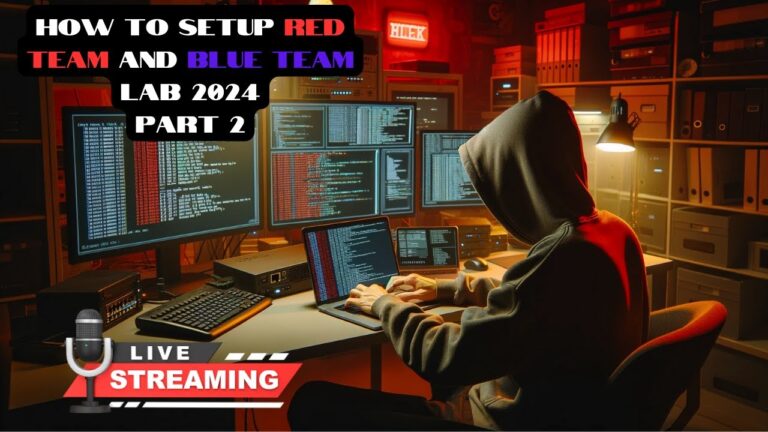What’s the difference between fine-tuning and retrieval-augmented generation (RAG) when it comes to large language models (LLMs)? In this quick breakdown, we’ll explain how fine-tuning and RAG work, highlight their key differences, and show when it makes sense to use one over the other—or even combine both for maximum performance.
🌟***OTHER VIDEOS YOU MIGHT ENJOY***🌟
• Build your own chatbot (using RAG) with Amazon Bedrock and Lex: https://youtu.be/4esqnMlMo8I
• Getting started with Amazon Bedrock: https://youtu.be/32D7NJK9QIk
🌟***MY AWS COURSES***🌟
If you’re interested in getting AWS certifications, check out these full courses. They include lots of hands-on demos, quizzes and full practice exams. Use FRIENDS10 for a 10% discount!
– AWS Certified Cloud Practitioner: https://academy.zerotomastery.io/a/aff_n20ghyn4/external?affcode=441520_lm7gzk-d
– AWS Certified Solutions Architect Associate: https://academy.zerotomastery.io/a/aff_464yrtnn/external?affcode=441520_lm7gzk-d
🌟***TIMESTAMPS***🌟
00:00 – What’s the difference between fine-tuning and RAG when it comes to LLMs?
00:41 – How does fine-tuning work with an LLM?
01:47 – How does retrieval-augmented generation (RAG) work with an LLM?
02:56 – A side-by-side comparison chart of fine-tuning vs. RAG
03:25 – Using both fine-tuning and RAG together



